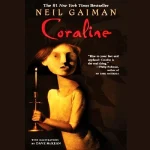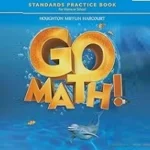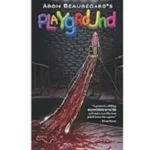Pencil Drawing Techniques PDF, a timeless craft that has captured the imagination of artists for centuries, is a medium that allows individuals to express their creativity with the simple stroke of a pencil. This art form is not only a source of joy and relaxation but also a powerful means of conveying emotions, stories, and ideas. In this article, we will delve into the world of pencil drawing, exploring its rich history, techniques, and its place in modern art.
| Name of PDF | Pencil Drawing |
|---|---|
| No Pages | 64 |
| Author | Frank M. Rines |
| Originally Published | June 21, 2017 |
| Language | English |
| Genres | Academic & Education |
| Size | 1.90 MB |
| Chek latest edition |
Kaplan Nursing Entrance Exam Practice Test PDF
Table of Contents
Pencil Drawing: A Timeless Craft
The act of creating images with graphite or charcoal dates back to ancient civilizations, with some of the earliest examples found in cave paintings. Over the years, pencil drawing has evolved into a diverse and respected art form, embraced by both beginners and seasoned artists.
Tools for Pencil Drawing
To embark on your journey as a pencil artist, you’ll need a handful of essential tools. These include a selection of pencils with varying lead hardness, high-quality paper, erasers, sharpeners, and blending tools. The choice of materials greatly influences the outcome of your artwork.
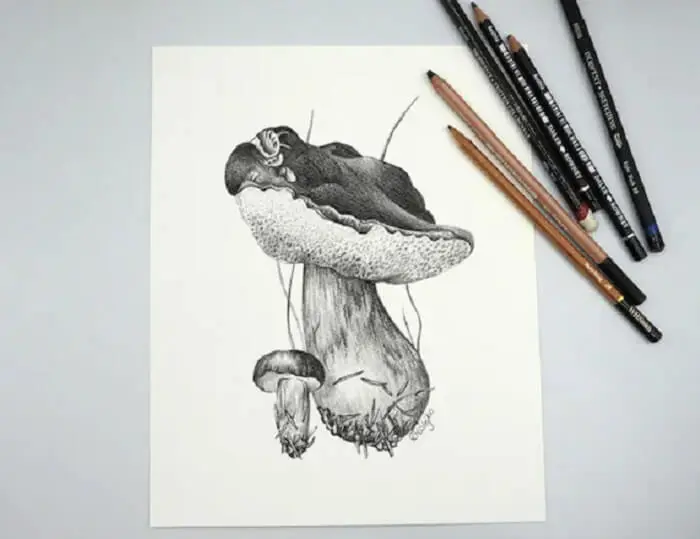
Getting Started with Pencil Drawing
Choosing the Right Pencils
Pencil drawing relies on the use of different pencils with varying lead hardness. B pencils are softer and ideal for shading, while H pencils are harder and perfect for fine lines and details. The right combination of these pencils is crucial for creating dynamic drawings.
Paper and Other Materials
The choice of paper also plays a vital role. Artists often prefer textured paper that allows for better grip and shading. Additionally, using tools like kneaded erasers and blending stumps can enhance your drawing experience.
Pencil Drawing Techniques
Shading and Hatching
Shading and hatching are fundamental techniques that give depth and dimension to your drawings. Shading involves filling in areas with varying levels of darkness, while hatching uses parallel lines to create value and texture.
Blending and Smudging
Blending and smudging techniques involve using tools like blending stumps or your fingers to soften harsh lines and create smooth transitions between different shades.
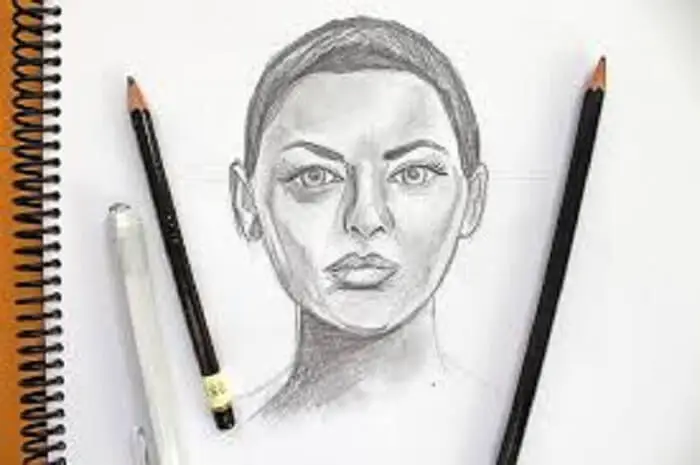
Sketching Your Imagination
Tips for Beginners
For those just starting, it’s important to practice regularly, experiment with different subjects, and be patient with your progress. Everyone starts somewhere, and the key is to keep honing your skills.
Drawing from Reference
Drawing from references, such as photographs or real-life objects, can help you understand proportions, lighting, and the intricate details of your subjects.
Mastering Realism
Adding Detail and Texture
Achieving realistic drawings involves paying close attention to detail and texture. It’s about capturing the subtle nuances that make your subjects come to life on paper.
Achieving Realistic Portraits
Portrait drawing demands a high level of precision. Artists who specialize in this field must master the art of capturing a person’s likeness, facial expressions, and character.
The Role of Perspective
One-Point Perspective
Understanding perspective is crucial in creating three-dimensional drawings. One-point perspective helps artists render objects from a single viewpoint, creating the illusion of depth.
Two-Point Perspective
Two-point perspective is used to draw objects from an angle, allowing for more dynamic and dramatic compositions.
Pencil Drawing Styles
Hyperrealism
Hyperrealism is a style that focuses on creating drawings that are incredibly detailed and almost indistinguishable from photographs.
Impressionism
Impressionistic pencil drawings emphasize mood and emotion over precise details, often using loose, expressive strokes to convey a feeling.
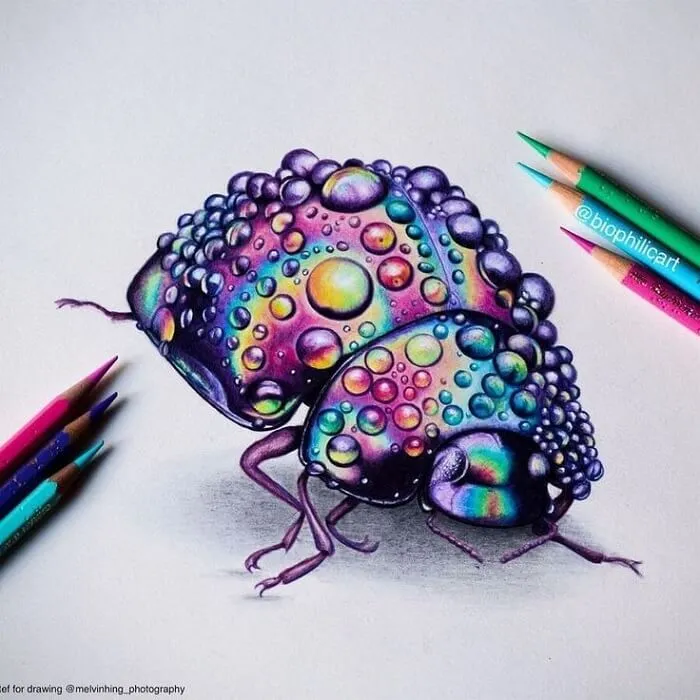
Pencil Drawing and Modern Art
Digital Pencil Drawing
In today’s digital age, pencil drawing has found its place in the realm of digital art. Artists use graphic tablets and software to create stunning pencil-like drawings on digital canvases.
Pencil Drawing in Graphic Design
Pencil drawing remains relevant in graphic design, where it’s used to create sketches and initial concepts before transitioning to digital mediums.
Prominent Pencil Artists
Leonardo da Vinci
The great Leonardo da Vinci, known for his exceptional artistry, was a master of pencil drawing. His sketches and anatomical studies are celebrated for their precision.
Vincent van Gogh
Vincent van Gogh’s pencil drawings provide a unique glimpse into his artistic journey. These drawings offer insight into his creative process and the development of his iconic style.
Pencil Drawing as a Therapeutic Art
Many people turn to pencil drawing as a therapeutic activity. The act of drawing can be incredibly relaxing, providing an escape from the stresses of everyday life.
Pencil Drawing Tutorials Online
The internet is a valuable resource for aspiring artists. Countless tutorials and courses are available online, catering to artists of all levels.
Showcasing Your Artwork
Social Media and Art Communities
Sharing your artwork on social media platforms and art communities is a great way to gain exposure and connect with fellow artists and art enthusiasts.
Art Galleries and Exhibitions
For those looking to take their art to the next level, exhibiting your work in art galleries and exhibitions can be a fulfilling experience.
Conclusion the Pencil Drawing Techniques PDF
Pencil drawing is a beautiful and versatile art form that has stood the test of time. Whether you’re a beginner looking to explore your creative side or an experienced artist seeking to refine your skills, pencil drawing offers a world of possibilities. So, pick up your pencils and start sketching your imagination today.
In this age of digital art, the simplicity and elegance of pencil drawing remain captivating. It’s a testament to the enduring appeal of this timeless craft. Whether you’re a seasoned artist or just starting, pencil drawing has a place for you. So, why wait? Start your artistic journey today.
Frequently Asked Questions
Is pencil drawing suitable for beginners?
Absolutely! Pencil drawing is a fantastic choice for beginners. It’s easy to get started, and you can gradually build your skills.
What are the best pencils for pencil drawing?
The best pencils for pencil drawing depend on your style and preference. B pencils are great for shading, while H pencils are ideal for fine details.
How can I improve my shading techniques?
Improving shading techniques takes practice. Experiment with different pressure levels and try hatching and cross-hatching for varied effects.
Are there online communities for pencil artists?
Yes, there are numerous online communities and social media groups where pencil artists can share their work, get feedback, and connect with fellow artists.
Can I make a career out of pencil drawing?
Yes, many artists have built successful careers around pencil drawing. It requires dedication, skill development, and a unique artistic voice.
Remember, the world of pencil drawing is vast and full of opportunities. Embrace this art form, practice, and explore your creativity. Your journey as a pencil artist is just beginning.



